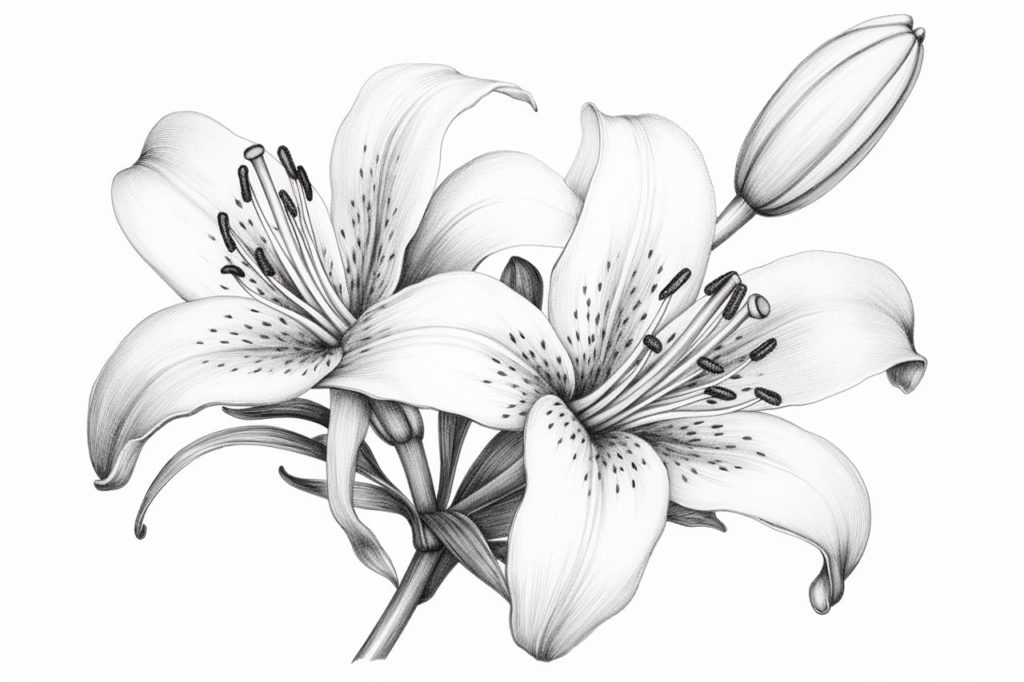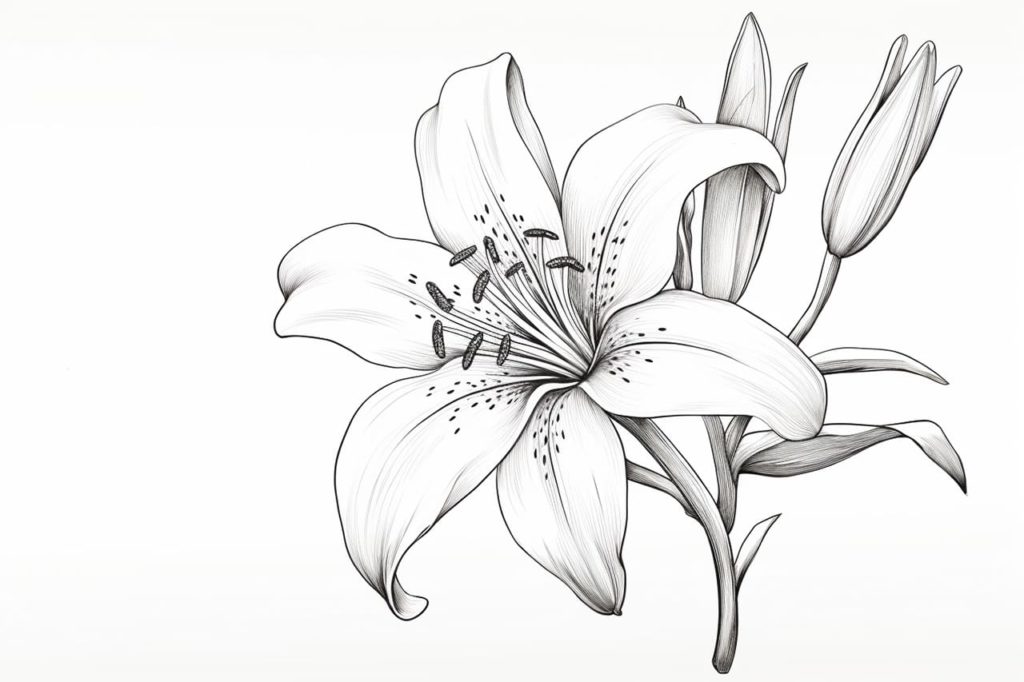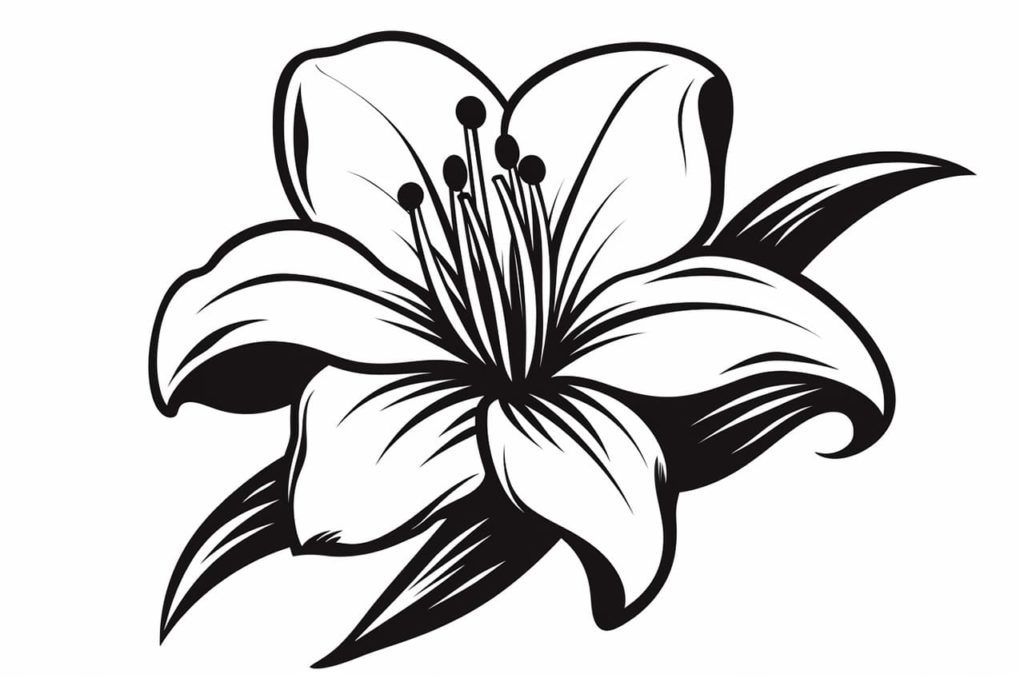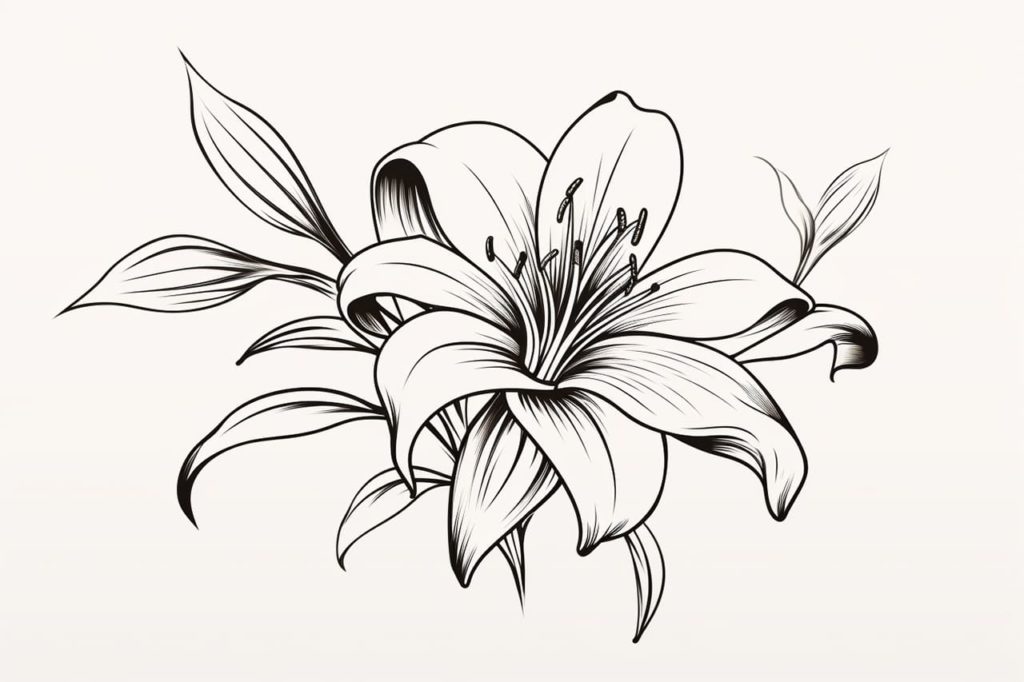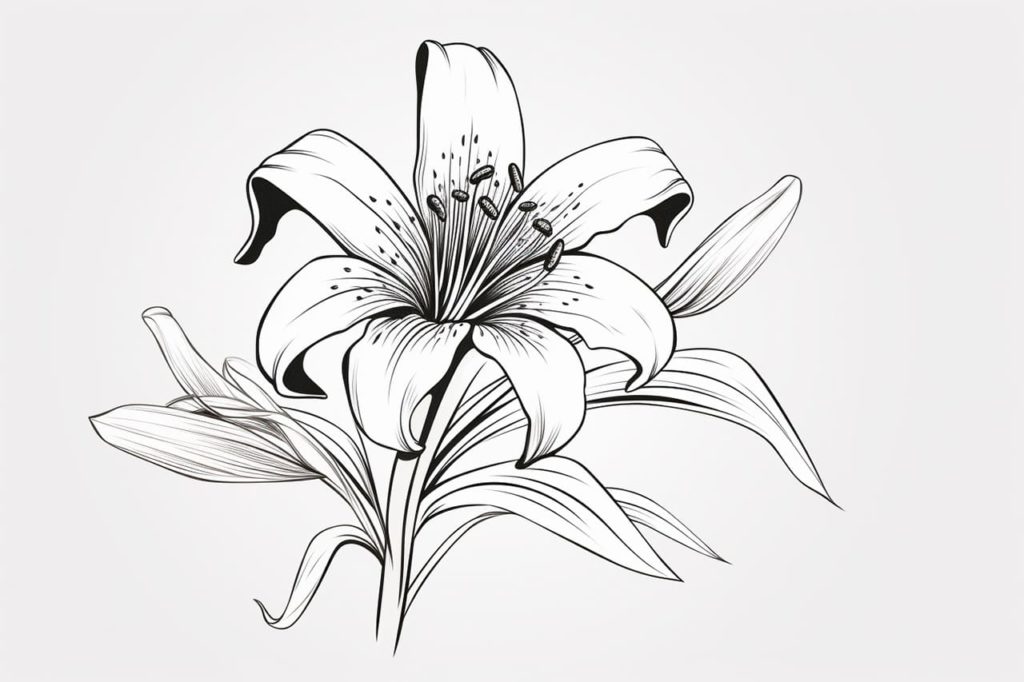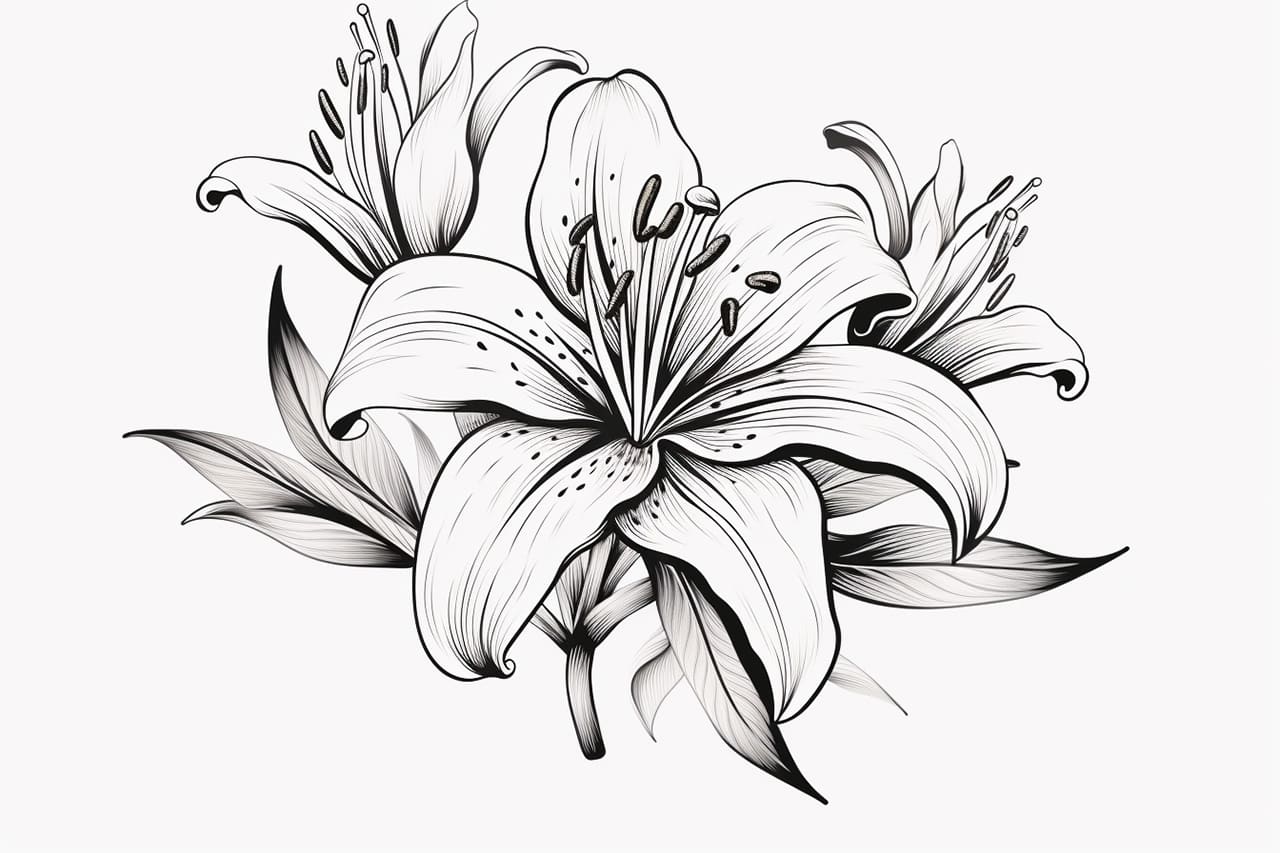Welcome to this step-by-step guide on how to draw a lily! Whether you’re a beginner or an experienced artist, this tutorial will teach you the techniques needed to create a realistic and detailed lily drawing. By following these instructions and using the right materials, you’ll be able to capture the elegance and grace of this beloved flower on paper. So, let’s get started!
Materials Required
Before we begin, let’s gather the materials you’ll need to complete your lily drawing. Having these supplies at hand will ensure that you have a successful and enjoyable drawing experience:
- Drawing paper: Choose a high-quality paper that is smooth and sturdy, such as Bristol or drawing paper.
- Pencils: You will need a range of graphite pencils, including HB, 2B, 4B, and 6B. These will allow you to create a variety of tones and textures.
- Eraser: Have a kneaded eraser or a soft white eraser handy for correcting mistakes and adding highlights.
- Blending stump or tortillon: This tool will help you to blend and smudge pencil lines, creating a softer and more realistic effect.
- Reference image: Find a clear and detailed reference photo of a lily that you can use as a guide throughout the drawing process.
- Optional: Colored pencils or pastels for adding additional colors to your drawing.
Now that you have your materials ready, let’s dive into the step-by-step instructions for drawing a lily.
Step 1: Outline the Basic Shape
Start by sketching the basic shape of the lily’s petals using a light HB pencil. Keep your lines loose and light, as you’ll be refining them later. Begin with the center of the flower and then work your way outward, adding the petals one by one. Pay attention to the curves and gentle folds of each petal.
Step 2: Add Detail to the Petals
With a 2B pencil, start adding more details to the petals. Observe the reference photo carefully, noticing the individual lines and veins on each petal. Use light, short strokes to create the texture and contours of the petals, keeping in mind the shape and direction of each line.
Step 3: Create Depth with Shadows
To give your lily drawing dimension, it’s important to add shadows. Using a 4B or 6B pencil, carefully shade the areas of the flower that are in shadow. Pay attention to the light source in your reference photo and use it as a guide for determining where the shadows should fall. Blend the shaded areas gently with a blending stump or tortillon to create a smooth transition between light and shadow.
Step 4: Define the Center of the Flower
Using a darker pencil such as a 4B or 6B, define the center of the lily. Depict the stamen and pistil with short, precise lines. Add details such as the pollen and any small hairs or textures that are present. Take your time with this step, as the center of the flower often serves as a focal point.
Step 5: Refine the Petal Details
Return to the petals and refine their details further. Use a combination of light and dark pencils to enhance the shadows and highlights, adding depth and volume to the petals. Pay attention to the direction of the petal’s curves and adjust your shading accordingly. Remember to blend your pencil strokes lightly to create a smooth and realistic texture.
Step 6: Add the Stem and Leaves
Now it’s time to draw the stem and leaves of the lily. Using a lighter pencil such as an HB or 2B, sketch the stem curving from the base of the flower downward. Add delicate lines to indicate the veins on the leaves, making sure to align them with the shape and direction of the leaves. Use a darker pencil to shade the areas of the leaves that are in shadow, and blend as necessary.
Step 7: Final Touches and Details
In this last step, take a moment to evaluate your drawing and make any necessary adjustments. Add any final details that may be missing or need enhancing. Use your eraser to lighten certain areas and create highlights where needed. Take your time to ensure that you are satisfied with the overall composition and level of detail in your drawing.
Conclusion
Congratulations, you’ve successfully completed a stunning lily drawing! By following these step-by-step instructions and using the recommended materials, you’ve learned how to capture the beauty and intricacy of this delicate flower. Remember, practice makes perfect, so keep honing your skills and experimenting with different techniques. With time and dedication, you’ll be able to create even more lifelike and breathtaking drawings of lilies.
So grab your pencils and paper, and start sketching your own lily masterpiece today!
Gallery of Lily Drawings
